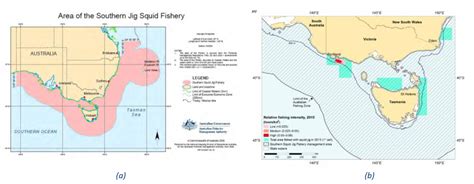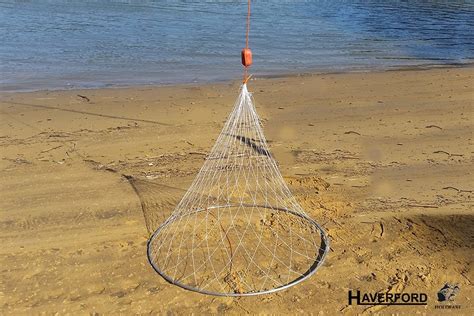The Southern Squid Jig Fishery (SSJF) encompasses a vast area of Commonwealth waters, extending from Fraser Island in Queensland to the South Australian/Western Australian border, including the waters around Tasmania. This fishery is known for its use of various squid jigs, such as the Savage Gear 3D Swim Squid Jig. These jigs can be employed in several methods including casting and retrieving, slow jigging, or trolling. It’s important to note that all measurements provided in related literature are in the metric system, using meters, centimeters, and millimeters.
The history of squid jigging dates back to 1458 when a prototype of the modern technique was developed for the small-scale fishery of the Japanese flying squid (Todarodes pacificus) on Sado Island. The effectiveness of a squid jig, such as the HTO Hot Coat Squid Jig, lies in its ability to maintain a temperature up to 1°C warmer than the surrounding water, enhancing its attractiveness to squid. These lures have been successful in catching large cod, with their slow rolling action being a key trigger.
When selecting squid jigs, various factors should be considered, including size, design, and material. Egi, a traditional form of squid jig, was originally made from wood, but modern technology has allowed for mass production using plastics like ABS resin. The lure design often includes features that mimic the natural movements of prey, such as slow sinking and fluttering, to attract squid effectively.
Squid jigs are now available in a wide range, including scented versions, squid rigs, and jig wallets. Brands like Shimano offer models like the Sephia, which are versatile and suitable for various squid fishing techniques. Key factors in successful squid fishing include jig selection and the use of luminous bands and sharp hooks for increased efficiency.
Squid fishing has gained popularity not only as a sport but also for providing tasty bait. The capture efficiency of squid jigging depends on various factors such as animal density, fishing season, jigger color, and size. The mainline on the reel should be of appropriate strength to detect the subtle touch of a squid on the jig.



